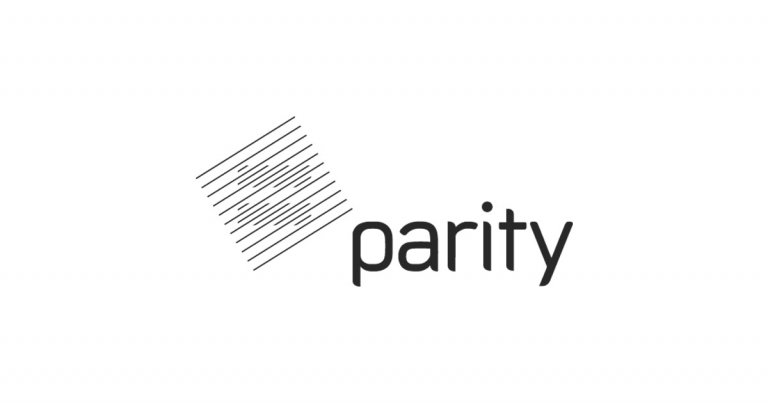 Ethereum client Parity receives major upgrade
Ethereum client Parity receives major upgrade Ethereum client Parity receives major upgrade

Photo by Aziz Acharki on Unsplash
The most popular smart contract platform in the world is working diligently to solve its issues with scaling and user interface. In a recent update, Ethereum software client Parity received a major upgrade that caters primarily to commercial users.
Parity Removes Graphical User Interface
On July 18, 2018, Parity Technologies released a blog post outlining the launch of their new Parity Ethereum Client v2.0. The client upgrade comes with a complete removal of the graphical user interface (GUI), known as the “Parity Wallet.”
This wallet acts as a repository of private keys for consumer users and will be sustained as the Parity user-interface on GitHub until further notice. However, the Parity team indicated that the wallet will only be minimally maintained until replaced with the alternative Parity Fether light wallet.
In the blog post, Parity explained that the new upgrade also removes “all installers and operating-system specific packages” to better serve commercial enterprises, such as mining pools and exchanges.
“First and most importantly, Parity Ethereum is built to serve as expert software for production use and shouldn’t be considered end-user software or an “Ethereum Wallet.” It is meant for mission-critical use in mining pools, exchanges, or any other type of infrastructure or service provider.”
The upgrade repositions the software client away from everyday users and replaces installers with a core infrastructure meant to provide miners and exchanges with a way to bundle end-user software packages.
Currently, Parity supports over a dozen public networks with an in-built Ethereum wallet and decentralized application (dApp) environment.
Previous Flaws in Parity Code
In early June, Parity discovered a critical consensus issue that could have affected nearly a third of the entire Ethereum network.
Alert: Please update your Parity Ethereum clients to 1.11.3-beta or 1.10.6-stable asap. https://t.co/QNxzv74kSF
— Parity Technologies (@ParityTech) June 6, 2018
In a blog post addressing the security flaw, Parity described the potential consequences of the issue:
“In the worst case, submitting a certain malformed transaction (coming from a 0xfff…fff address) to a mining Parity Ethereum node could have caused that node to produce a malformed block, which would still be treated as valid by other affected Parity Ethereum nodes. In case of such affected nodes providing a majority of hashpower on the net, this could have led to chain split.”
Without notice of the error, Ethereum users would have fallen out of sync with the greater network, causing rejected transactions and a chain split.

Parity has since upgraded its client and resolved the issue.
On July 19, 2017, Parity uncovered a major vulnerability to its multi-signature wallet software that allowed hackers to steal nearly 150,000 ETH ($30 million) before the bug was repaired.



 Farside Investors
Farside Investors 


 CoinGlass
CoinGlass 


























































































